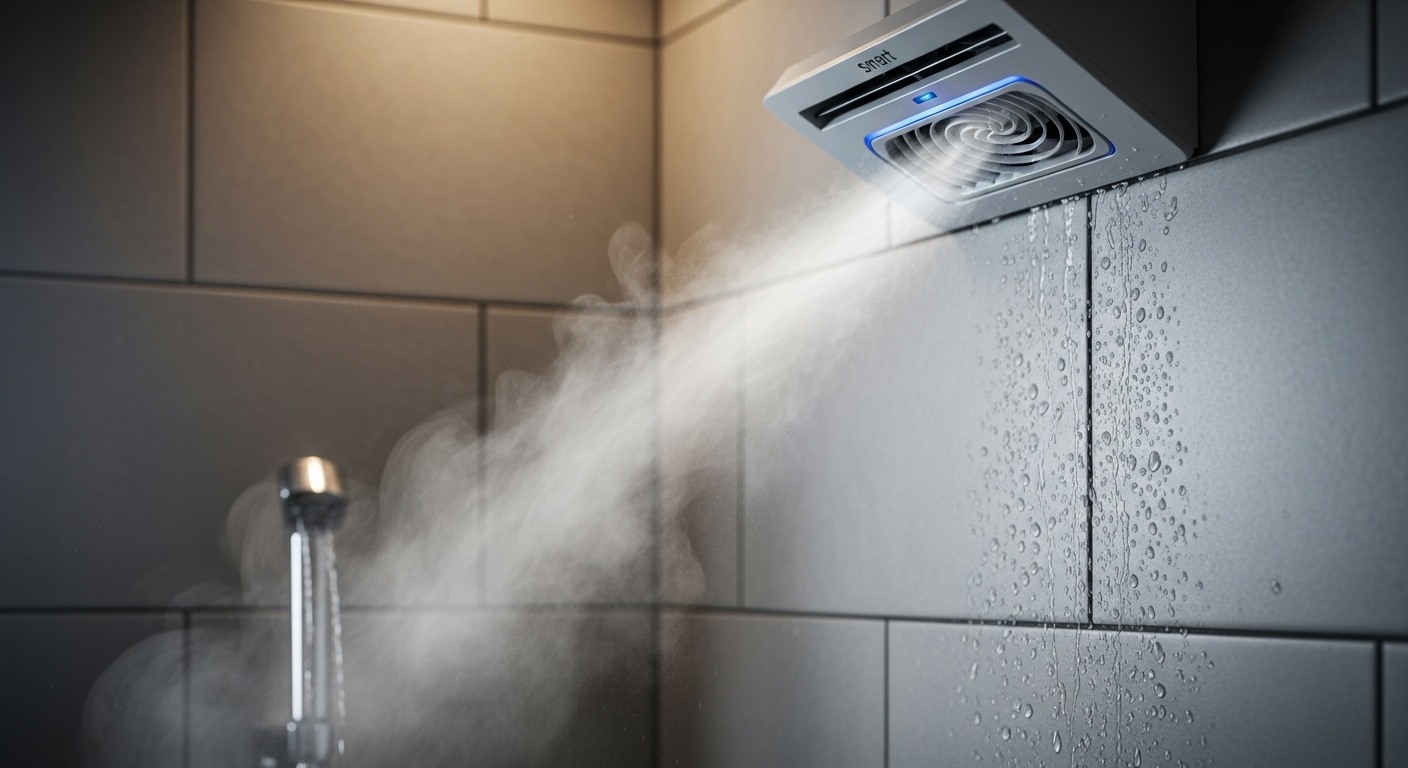Comparing Breathable Membranes and Vapor Controls for Moisture Management
This article compares breathable membranes and vapor control layers as strategies for moisture management in building envelopes. It covers considerations for retrofit projects, the role of thermal conductivity, the interaction with airtightness and fenestration, and how durability, performance, and ventilation affect long-term outcomes.

Buildings rely on a layered approach to control heat, air, and moisture. Choosing between breathable membranes and dedicated vapor controls affects how moisture moves through the envelope, how insulation performs, and what retrofit approaches are feasible. This article examines practical factors—including thermal conductivity, airtightness, fenestration detailing, durability, efficiency, and lifecycle considerations—so designers and retrofit teams can weigh trade-offs and select systems suited to their climate and building use.
How does retrofit affect membrane selection?
Retrofit projects constrain choices because existing assemblies, interior finishes, and available cavity depth limit where control layers can be positioned. In a retrofit, a breathable membrane on the exterior face allows vapor to move outward while protecting the insulation from bulk water; this can be beneficial when internal vapor control is unknown or when upgrading insulation on the outside of the structure. However, adding exterior insulation changes dew point location and may require re-evaluating the whole assembly. Conversely, installing an interior vapor control layer during retrofit can be effective if the interior climate is well managed and airtightness is improved at the same time. In practice, the retrofit strategy should be chosen after hygrothermal analysis and inspection of the existing envelope.
What role does thermal conductivity play in moisture risk?
Thermal conductivity of insulation and adjacent materials shifts temperature gradients and influences where condensation may occur. Low-conductivity insulation (higher R-value per thickness) keeps wall substrates warmer and reduces the likelihood of interstitial condensation compared with less effective materials. When pairing breathable membranes or vapor controls with insulation, consider whether the assembly will keep critical components above dew point in typical and extreme conditions. In colder climates, placing insulation on the exterior or using continuous insulation reduces cold bridging and lowers the chance of moisture accumulation on sheathing. Designers should evaluate thermal conductivity together with vapor and air control strategies for balanced moisture management.
How do envelope and airtightness interact with moisture control?
Airtightness directly affects moisture transport by limiting convective flow that can carry humid interior air into cold assemblies. Even small leaks around penetrations or junctions can cause significant moisture loads in cavities. Breathable membranes allow vapor diffusion but do not stop convective air leakage; that is why airtightness measures—taped joints, sealed fenestration interfaces, and well-executed penetrations—are essential regardless of whether you choose a breathable or impermeable vapor control. The envelope strategy should pair an air control layer with the chosen vapor strategy so that moisture is predominantly moved by diffusion and planned ventilation rather than by uncontrolled air flows.
How should fenestration and moisture be managed at interfaces?
Fenestration interfaces are common moisture and thermal weak points. Proper detailing—flashing, well-sealed sills, and continuous transition between membrane layers and window frames—prevents water ingress and limits vapor-driven condensation at edges. When using breathable membranes, ensure that the membrane is integrated with window flashings to maintain a continuous drainage plane while permitting outward drying. If the assembly relies on an interior vapor control layer, fenestration edges need careful sealing to prevent warm, humid air from migrating into cooler cavities. Coordination between window selection and the chosen moisture-control approach helps maintain performance and durability.
How do durability and lifecycle considerations influence choices?
Durability depends on material compatibility, UV exposure, mechanical protection, and how assemblies allow for drying. Breathable membranes can extend service life if they permit assemblies to dry outward and if they are protected from prolonged UV exposure and mechanical damage. Vapor-impermeable controls may be appropriate where internal moisture is well controlled and where external drying opportunities are limited; however, impermeable layers can trap moisture if leaks occur, increasing deterioration risk. Lifecycle analysis should include expected maintenance, replacement intervals, and the consequences of moisture-related failure. Selecting materials with proven durability in the local climate and allowing accessible inspection points supports long-term performance.
How do efficiency, performance, and ventilation tie together?
Efficiency gains from improved insulation and airtightness can change internal humidity dynamics and increase the importance of controlled ventilation. Mechanical ventilation with heat recovery or properly designed passive ventilation maintains indoor humidity at levels that reduce condensation risk. Performance assessments should consider whole-building interactions—thermal conductivity, envelope airtightness, and moisture control layers influence energy use and occupant comfort together. In many cases, combining a well-sealed air control layer, appropriate placement of insulation to manage thermal gradients, and a breathable exterior membrane provides a resilient solution; where interior moisture loads are high, stronger interior vapor controls and balanced ventilation become more critical.
Conclusion
Choosing between breathable membranes and vapor control layers depends on climate, existing construction, thermal conductivity of materials, and how airtightness and fenestration are handled. Durability and lifecycle considerations, along with ventilation strategy and overall efficiency goals, should guide the selection. A holistic assessment that includes hygrothermal modeling or experienced practitioner input helps reduce moisture risk and supports long-term envelope performance.





